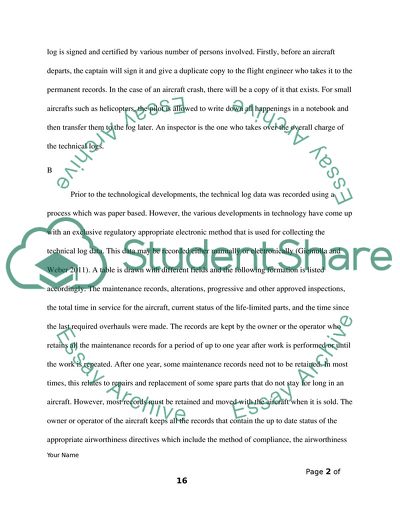Cite this document
(Air Legislation Assignment Example | Topics and Well Written Essays - 3250 words, n.d.)
Air Legislation Assignment Example | Topics and Well Written Essays - 3250 words. Retrieved from https://studentshare.org/law/1814697-air-legislation
Air Legislation Assignment Example | Topics and Well Written Essays - 3250 words. Retrieved from https://studentshare.org/law/1814697-air-legislation
(Air Legislation Assignment Example | Topics and Well Written Essays - 3250 Words)
Air Legislation Assignment Example | Topics and Well Written Essays - 3250 Words. https://studentshare.org/law/1814697-air-legislation.
Air Legislation Assignment Example | Topics and Well Written Essays - 3250 Words. https://studentshare.org/law/1814697-air-legislation.
“Air Legislation Assignment Example | Topics and Well Written Essays - 3250 Words”, n.d. https://studentshare.org/law/1814697-air-legislation.


